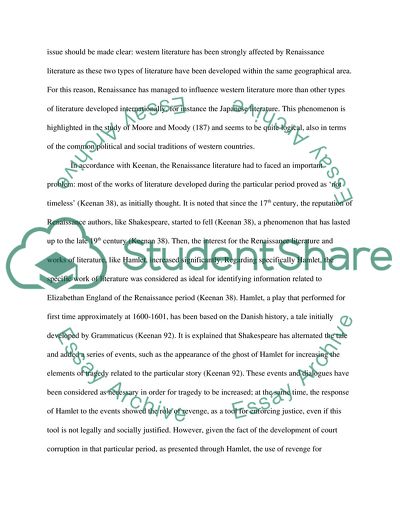Cite this document
(Renaissance Literature - Hamlet by Shakespeare Coursework - 1, n.d.)
Renaissance Literature - Hamlet by Shakespeare Coursework - 1. https://studentshare.org/literature/1759308-hamlet-by-shakespeare
Renaissance Literature - Hamlet by Shakespeare Coursework - 1. https://studentshare.org/literature/1759308-hamlet-by-shakespeare
(Renaissance Literature - Hamlet by Shakespeare Coursework - 1)
Renaissance Literature - Hamlet by Shakespeare Coursework - 1. https://studentshare.org/literature/1759308-hamlet-by-shakespeare.
Renaissance Literature - Hamlet by Shakespeare Coursework - 1. https://studentshare.org/literature/1759308-hamlet-by-shakespeare.
“Renaissance Literature - Hamlet by Shakespeare Coursework - 1”. https://studentshare.org/literature/1759308-hamlet-by-shakespeare.


